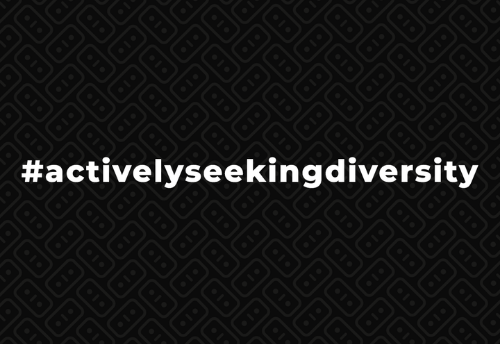Three Fundamental Principles For Better Stakeholder Interviews | Wheelhouse Digital Marketing Group
In order to be an effective digital marketer, you need to learn as much as possible about your clients, their goals, their internal processes, their tech stack, and their pain points—as quickly as possible. And there are few tools as effective for understanding all of the many details, quirks, and nuances of a client’s business as stakeholder interviews.
At Wheelhouse, we’ve found three key principles to ensure successful stakeholder interviews. We’d like to share these three key principles with you, so that whether you’re a novice interviewer or a veteran looking to add a bit more method to your approach, you can build on a firm foundation when conducting stakeholder interviews.
1) Set Clear Goals
Ideally, before interviews are scoped or scheduled, and certainly before questions are written, a stakeholder interview project should define clear, precise goals.
This not only should lend focus to your questions and conversations, but also increases your ability to assess the success of the project during and after the interviews themselves, and to course correct if necessary.
If your goals for the project can’t be narrowed down to a discrete, concise goal, perhaps other user research methods are needed beyond or instead of stakeholder interviews. This would be especially true in instances where you need to understand user behavior to a level of precision such that user testing or surveys might be more useful than longer stakeholder interviews, or where the range of users is too broad, too undefined, or too new and unfamiliar to rely on stakeholder knowledge. On the other hand, if your goals are simply to gather some straightforward factual information, perhaps a quick Google Form survey could replace hours of costly interviews. In instances where you need some simple yes/no information about users, some quantitative information about user behavior that stakeholders have access to that you don’t, or a larger range of stakeholders answering a shorter set of questions.
 2) Ask Better Questions
2) Ask Better Questions
While this can be much “easier said than done” during free-flowing interviews, some simple guidelines can help significantly.
For one, “How” and “Why” questions that ask stakeholders to explain and explore their feelings, preferences, experiences, decisions, etc. are almost always more illuminating than “Yes/No” questions, simple factual questions, or especially leading questions (“Would you agree that…”, “Some of the other people I’ve talked to said [X]. How do you feel about that?”, etc.).
Another helpful approach here can be using the simple mantra of “conversation, not interrogation.” The questions you ask will be most successful when they allow you to cultivate an open, candid conversation with your stakeholders and least successful when the stakeholders feel like they are being subjected to a barrage of boring, repetitive or overly skeptical questions. Questions that are unexpected, that allow the interviewee’s expertise and observational prowess to shine, that build on the priorities and feelings the interviewee has already expressed, that honor or spotlight accomplishments the interviewee has made or that follow lines of inquiry the interviewee finds intrinsically interesting, or even that use humor or quirkiness to engage interviewees are your friends when it comes to creating conversation and avoiding interrogation.
You also want to make sure you don’t neglect the kinds of basic interviewing tenets many of us learned in high school newspaper class: avoid overly long questions, express genuine curiosity and enthusiasm as you ask questions, and take the time to ask even simple follow-ups (as simple as “hmmm, interesting!” or “say more about that”).
 3) Refine Your Post-Interview Process
3) Refine Your Post-Interview Process
The interview itself is only a small part of its ongoing value. We see two common post-interview missteps:
For stakeholder interviews to yield their maximum potential, the knowledge they provide needs to be documented, shared with all relevant stakeholders from all teams involved, analyzed thoughtfully, applied to strategic questions at hand, and then revisited over time to help inform further decisions.
If you have Project Managers in your organization, or team members who have worn the PM hat in the past, this could be a tremendous opportunity for them to step in to help your stakeholder interview process mature.
How Can Wheelhouse Help?
If you would like to hear more about our stakeholder interviews and other user research services, reach out at any time. We’d also love to offer any and all advice, examples, etc. to flesh out the guidelines given in this post, so if you’re a practitioner looking to build your skills, we’d be happy to discuss stakeholder interviews further over e-mail.
This content was originally published here.

